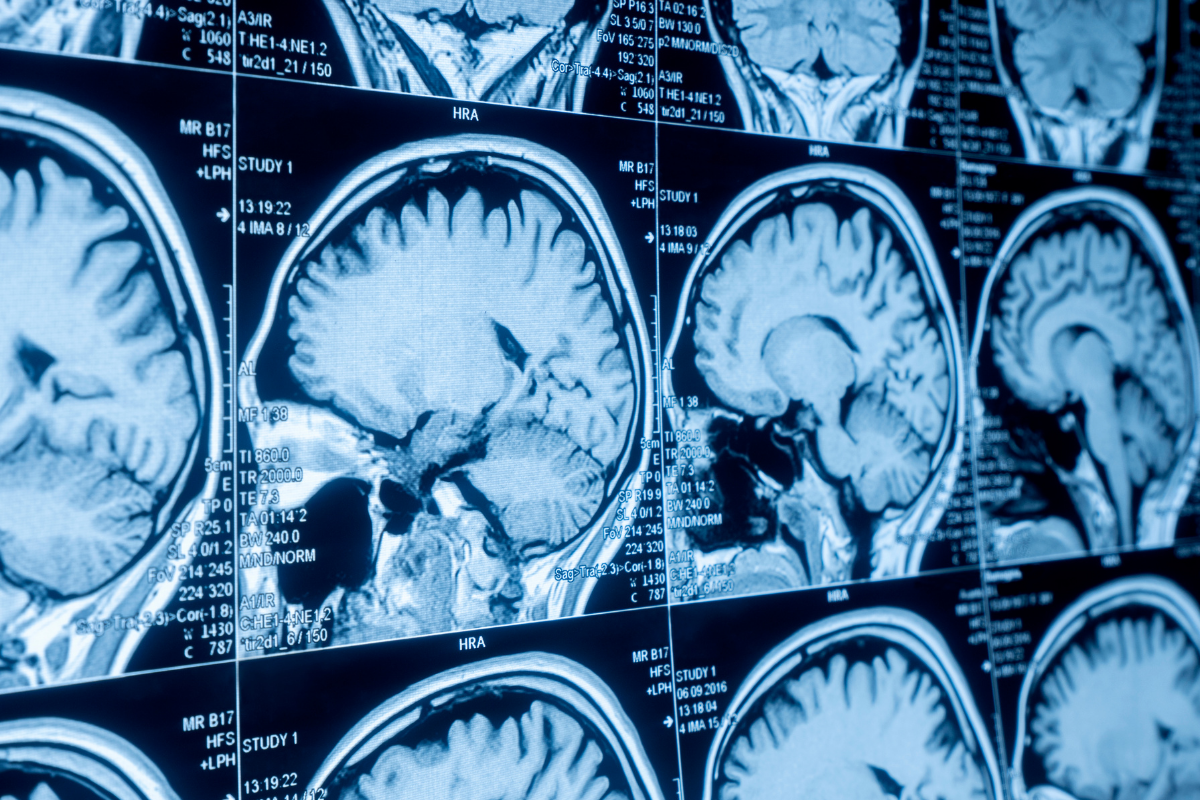When ‘clear' brain scans lead to legal mistakes
When building or defending a case involving traumatic brain injury (TBI), understanding the strengths and limitations of neuroimaging can be crucial. Attorneys handling TBI litigation often rely on CT or MRI results to validate injury claims, yet the clinical nuances of these scans are frequently misunderstood or misrepresented in court. As a medical expert witness specializing in TBI, I offer critical insights into how imaging results may support allegations of brain injury.
CT vs. MRI in traumatic brain injury evaluations
Computed tomography (CT)
CT scans are the most commonly used imaging modality in emergency settings due to their speed, availability, and lower cost. Non-contrast CT is typically the first line of evaluation for suspected brain injury, especially to rule out life-threatening issues such as intracranial bleeding.
Legal relevance
A normal CT scan often leads to a discharge from the ER, which may be misconstrued as an absence of injury. However, this does not necessarily mean the patient did not suffer a concussion or other mild TBI.
Pros for legal cases:
Fast and widely available
Can detect severe trauma and bleeding
Limitations:
Poor at identifying subtle brain injuries
Limited prognostic value unless abnormalities are severe
Key consideration: Repeat CT imaging may be warranted when bleeding is detected. However, cumulative radiation exposure is a concern, especially for children and pregnant women. In legal claims, this may factor into arguments about medical necessity and risk.
Magnetic resonance imaging (MRI): A more sensitive tool
MRI scans provide greater sensitivity for detecting subtle abnormalities in the central nervous system, such as microbleeds or diffuse axonal injury. However, they are not always available in emergency settings and are significantly more expensive.
Pros for legal cases:
Better at detecting non-hemorrhagic or microscopic injuries
Helpful in evaluating long-term prognosis or cognitive impact
Limitations:
May still miss very mild injuries
Not commonly ordered in acute ER evaluations
Legal tip: While an MRI can strengthen a plaintiff’s case, especially in cases of persistent cognitive or visual complaints, defense attorneys may challenge its absence or argue that a clear scan undermines injury claims. Expert interpretation is key.
Ongoing debate: Are routine neuroimaging scans always warranted?
There is no universal standard for imaging all head trauma patients. The decision to scan is based on clinical presentation, age, symptoms, and risk factors. For attorneys, this variability underscores the need for expert witness testimony to clarify whether imaging was appropriate given the clinical context.
Closing thought: Attorneys handling TBI cases must understand both the clinical and legal implications of neuroimaging. Whether you're working on a plaintiff or defense case, partnering with a medical expert witness can ensure imaging results are interpreted within the full context of neurological science and legal strategy.
Need clarity on complex imaging in your TBI case?
Schedule an expert consultation, record review, or expert testimony. With over 30 years of experience in ophthalmology and neuro-visual disorders, I offer timely, clear, and courtroom-ready insight to support your legal strategy.
Contact me directly
Email: Dr.Rauchman@yahoo.com
Call: (818) 620-0115
